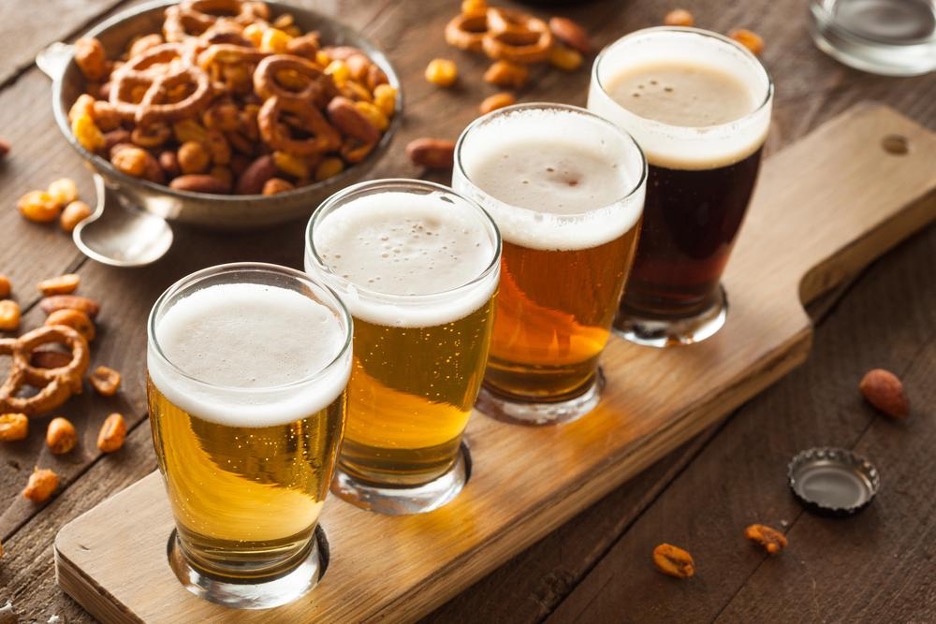
By Guest Blog | October 17, 2024
Craft and macro breweries both have a significant impact on consumer preferences, making the American beer scene as varied as it is lively. Knowing the differences between artisan and macro brewing can enhance your beer enjoyment. This applies whether you’re buying a six-pack at a big-box store or sipping a pint at your local bar. The beer industry provides a wide range of products to accommodate different palates and preferences, much like multiple entertainment options like Bizzo Casino cater to different interests.
Production Methods
The processes used in production are one of the main distinctions between craft and macro breweries. Smaller, privately held businesses that prioritize quality, creativity, and conventional brewing methods are known as craft breweries. They often experiment with unusual ingredients, small quantities, and various styles. This creates unique flavors that set them apart in the market. Craft brewers value artisanal methods. They add complexity and depth to their beers. These methods include handcrafted brewing and a careful attention to detail.
On the other hand, international firms own large-scale enterprises known as macro brewers. Their production processes prioritize efficiency, consistency, and scalability. This is to meet the high demands of a global market. Macro brewers make a lot of high-quality beer. They use advanced tech, efficient methods, and automation to do it. This method guarantees customers a dependable product. But, it often reduces the diversity and originality of macro-brewed beers.
Flavor Profiles
The flavor profiles of craft and macro breweries’ beers are directly impacted by the differences in their production processes. Craft beers are praised for their rich, varied flavors. They include stouts, hoppy IPAs, fruit-infused ales, and experimental sours. Craft brewers push the limits of beer flavors. They use high-quality ingredients and creative recipes. This gives customers a unique and bold tasting experience. Beer lovers seek new and interesting options. They are drawn to this inventiveness.
To appeal to more consumers, macro beers have milder, bland flavors. These beers are easy to appreciate. They focus on drinkability and balance, not complexity. This appeals to a wide range of customers. Macro brewers offer many varieties. But, they prefer flavors that all consumers find approachable. They avoid specialized or cutting-edge ones.
Market Strategies
Craft and macro breweries use different marketing strategies to reach their target markets. Craft breweries often use storytelling and local collaborations. They also engage with the community. This helps them build their brand identities. They invest in their taprooms to create a unique vibe. They also host events and join local festivals to connect with patrons. To build loyalty, campaigns focus on the brewery’s history. They also highlight the beer’s craftsmanship and the brewers’ passion.
In contrast, macro breweries use their brands to control the market. They have wide distribution and big marketing budgets. To stay well-known, they invest heavily in ads. They use various media, including sponsorships, the internet, and TV. Also, macro breweries have economies of scale. They can offer lower prices and wider distribution than smaller craft breweries can. Their marketing tactics aim to maximize reach and brand consistency at a national or international level.
In short, knowing the differences between craft and macro breweries helps you appreciate your beer and the available options. Both kinds of brewers shape American beer culture. It is diverse. Your preference may be for craft beer’s robust flavors or macro beers’ reliability. The future of beer holds great promise for both connoisseurs and casual drinkers. It will depend on the industry’s evolution and the balance between craft and mass production.








